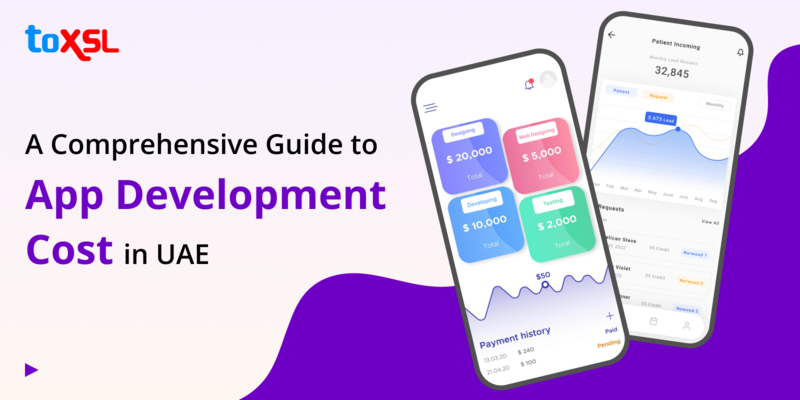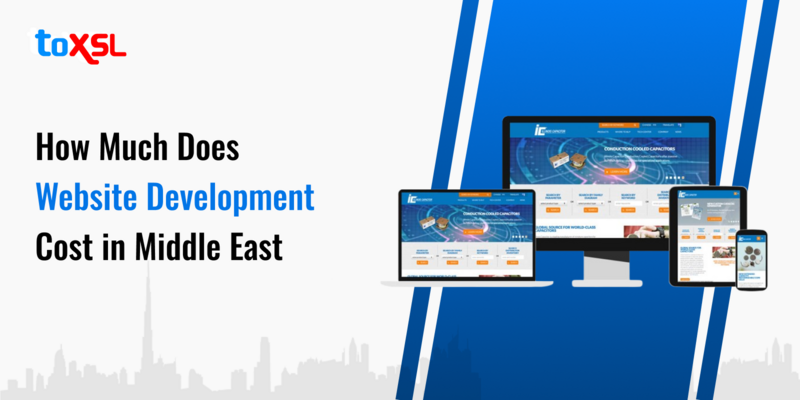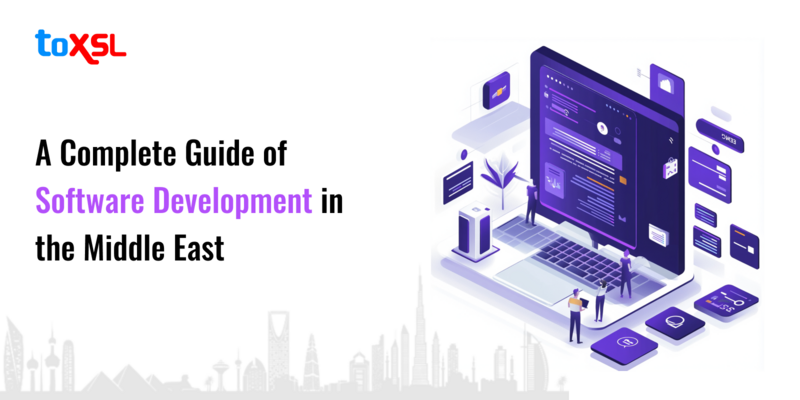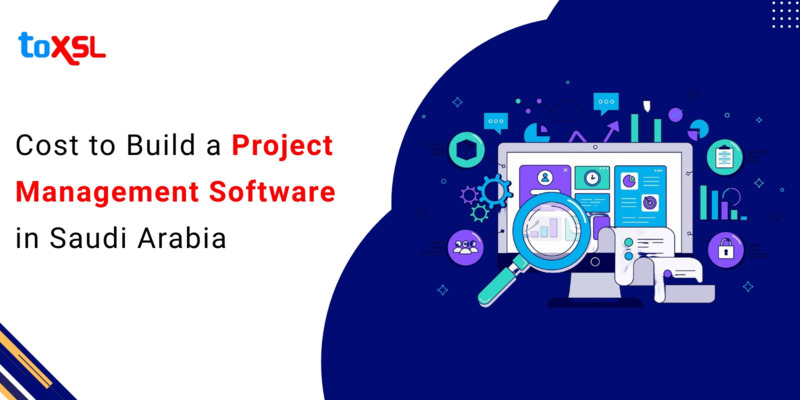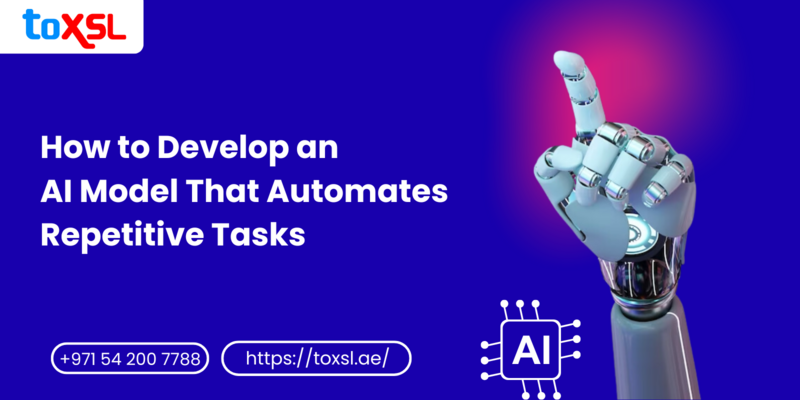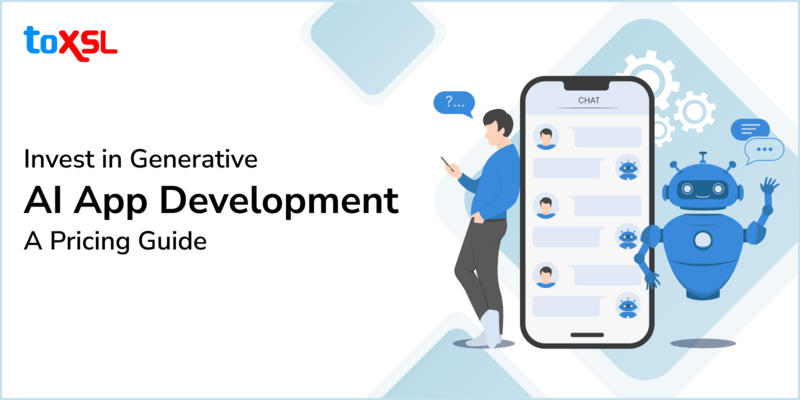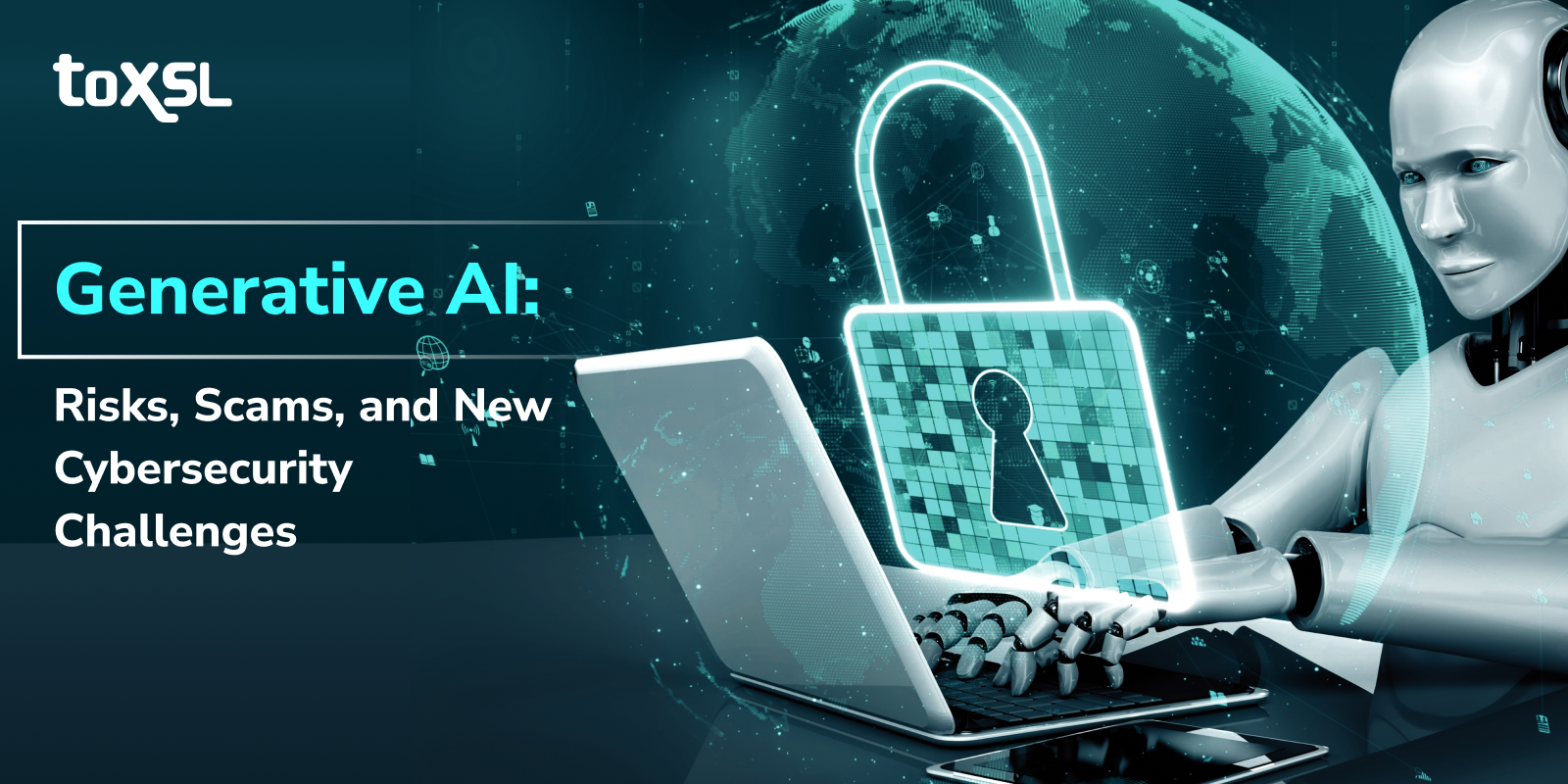
Is Generative AI being misused? How is Generative AI creating more scams than ever? Wondering how businesses can protect themselves? Generative artificial intelligence hazards, frauds, and fresh cybersecurity issues will all be discussed on this site.
Key Takeaways:
- Generative AI poses significant cybersecurity risks, including social engineering attacks, deepfakes, and AI-powered password cracking.
- Scammers use AI for hyper-personalized phishing, voice cloning, and social media impersonation.
- Businesses can protect themselves through AI-driven security, employee awareness, and strong authentication methods.
We live in the high-stakes world of business cybersecurity and artificial intelligence today, when keeping top position is difficult. Generative artificial intelligence has become popular with the publication of ChatGPT. Nowadays, regular individuals use Gen AI for their advantage, and companies remain looking for different ways Gen AI could support them in increasing their income. But this is not it; Gen AI is now coming with tremendous threats to society and business.
Lately, so many deepfake videos are in the news for creating chaos on social media. These videos are used to spread false information about businesses or popular personalities like politicians, businessmen, and more. The misuse of Gen AI is a growing threat to democracy. So, before using Generative AI in business or personal use, it is a must for everyone to stay aware of the risks, scams, and top cybersecurity challenges:
Generative AI: Top Cybersecurity Risks
The fast development of generative artificial intelligence (AI) has brought in a new era of technical innovation, changing sectors and our interaction with digital systems. Along with great promise, generative artificial intelligence has also brought a number of fresh cybersecurity issues requiring our immediate attention. cybersecurity are discovering creative methods to take use of these strong AI models as they grow more complex and available, hence generating more convincing scams and opening new danger paths.
1. Enhanced Social Engineering Attacks: Generative artificial intelligence models, including large language models (LLMs), have greatly enhanced the capacity to produce extremely customized and persuasive content in social engineering attacks. Malicious actors can use this capacity to create increasingly advanced phishing emails, social media postings, and other kinds of social engineering campaigns. Using AI-generated content that mimics human writing styles and adds contextual information would help attackers raise the possibility of their targets falling for these frauds.
2. Deepfake Generation and Manipulation: The development of generative artificial intelligence in image and video synthesis has produced ever more realistic deepfakes. These altered media can be used to fabricate proof for blackmail efforts, disseminate false information, or pose as executives, therefore facilitating manipulation. It gets harder for people and businesses to tell real from fake material as the quality of AI-generated deepfakes gets better, thereby maybe causing security breaches, financial losses, or reputation damage.
3. Automated Vulnerability Discovery: Generative artificial intelligence can be used to examine code and find possible flaws at before unheard-of rates and speed. Although this feature can be helpful for defensive reasons, it also enables attackers to more quickly find and use software system flaws. Zero-day vulnerabilities could explode from this automated vulnerability finding process, hastening the speed at which fresh attack routes are found and used.
4. AI-Powered Password Cracking: Conventional password cracking techniques often depend on dictionary-based approaches or brute-force attacks driven by artificial intelligence. Through studying patterns in password construction and more intelligent guesses, generative artificial intelligence models can improve these methods. This capacity could greatly save the time and money needed to break passwords, therefore facilitating attackers' illegal access to data and systems under protection.
5. Adversarial Attacks on AI Systems: As companies depend more and more on AI-powered security systems for threat identification and prevention, adversarial assaults aiming at these AI models have grown to be a rising issue. Using generative artificial intelligence, one can produce inputs meant to deceive or control AI-based security systems, hence possibly avoiding detection systems or generating misclassifications advantageous to the attacker.
How Generative AI is Enabling More Sophisticated Scams
Recent years have seen amazing advancements in generative artificial intelligence, the technology underlying the creation of new material based on current data. Although its uses in creative domains—from literature to art—are fascinating, this same technology is also being used for nefarious intent. Generative artificial intelligence is being used by scammers more and more to craft more sophisticated and believable frauds. Here is a thorough overview of how generative artificial intelligence is used to fool people via several kinds of digital media.
1. Hyper-Personalized Phishing Campaigns: Generative artificial intelligence lets fraudsters construct extremely specialized phishing emails and messages for individual targets, essentially personalizing them. AI models may create content that seems to come from reliable sources, integrates pertinent personal information, and replicates the writing style of known contacts by means of public available information, social media profiles, and other data sources. The likelihood of recipients falling for these frauds is much raised by this degree of customisation.
2. Voice Cloning and Vishing Attacks: Advanced AI-powered voice synthesis technologies let attackers clone voices with great precision, hence enabling vishing attacks. Vishing (voice phishing) attacks—where cybersecurity phoney executives, staff members, or trusted people over the phone—can make use of this capacity. Using AI-generated voices allows attackers to bypass conventional speech authentication systems and control targets into revealing private data or engaging illegal activity.
3. Automated Social Media Impersonation: Generative artificial intelligence models can be used to create convincing false social media profiles and produce material closely matching the writing style and behavior of actual people or companies. These AI-driven impersonation efforts can be used to propagate false information, change public opinion, or win the trust of targets for further social engineering or frauds.
4. Dynamic Scam Content Generation: Based on real-time input and user interactions, AI-powered systems can dynamically create and adjust scam content. This functionality lets attackers craft more convincing and interesting scam stories that change as the target responds, therefore raising the possibility of success. AI might, for instance, create original and believable backstories for love scams or false investment prospects, therefore changing the story depending on the target's interests and answers.
5. Multilingual Campaigns for Scams: The capacity of generative artificial intelligence to generate excellent translations and modify information across languages helps fraudsters to quickly expand their scam activities all around. This capacity enables attackers to create plausible scams in several languages, therefore targeting a larger spectrum of possible victims and circumventing conventional language obstacles that would have limited the extent of their earlier activities.
Generative AI: Creating New Threat Vectors
New threat sources resulting from generative artificial intelligence companies have to deal with. Generative artificial intelligence is generating some fresh threat vectors in the following ways:
1. AI-Generated Malware and Polymorphic Threats: Generative artificial intelligence can be used to develop new strains of malware or alter current ones, hence generating polymorphic threats that can elude conventional signature-based detection systems. Antivirus and endpoint security technologies are seriously challenged by AI-powered systems creating malware more difficult to detect and analyze by constantly producing versions of dangerous code.
2. Automated Exploitation of Zero-Day Vulnerabilities: As was already noted, generative artificial intelligence can hasten the identification of zero-day vulnerabilities. This generates a strong new threat vector when coupled with automated exploit generating capabilities. Rapid, AI-driven cyberattacks would result from AI systems possibly discovering, weaponizing, and exploiting zero-day vulnerabilities quicker than human security teams could fix them.
3. AI-Enhanced Social Engineering at Scale: Generative artificial intelligence lets attackers automate and scale social engineering efforts to an unheard-of degree. cybersecurity can start large, highly targeted campaigns that were until impossible due to the manual work necessary by creating customized content for thousands or even millions of targets concurrently. Social engineering assaults' possible impact and reach are much raised by this scalability.
4. Synthetic Identity Fraud: Generative artificial intelligence allows one to develop totally fictional yet highly realistic synthetic identities. Open false accounts, seek for credit, or participate in other kinds of identity-based fraud using these AI-generated identities. These synthetic identities are sophisticated enough to make them more difficult to differentiate from real identities, which presents fresh difficulties for fraud detection and identity validation systems.
5. AI-Driven Disinformation Campaigns: The capacity of generative artificial intelligence to generate enormous volumes of coherent, context-aware text can be used to manufacture and spread false information on hitherto unheard-of proportions. Public opinion can be changed, elections influenced, or personal or corporate brand tarnished using this power. Fact-checkers and content moderation systems struggle to keep up with the pace and volume with which artificial intelligence can create and dissemin incorrect material.
How May Companies Safeguard Themselves?
Although generative artificial intelligence presents fresh security issues, companies can guard against them by:
1. Implement Security Solutions: Invest in powerful AI-powered security solutions that can identify and react to AI-generated threats to help companies negotiate the changing threat scene. These systems should constantly change to fit new threat sources as they arise and use machine learning techniques to spot trends and anomalies suggestive of AI-driven attacks.
2. Enhance Employee Awareness: Given the growing complexity of AI-generated frauds and social engineering attacks, it is imperative to give staff members at all levels of the company thorough cybersecurity training. Emphasizing AI-generated material, knowledge of the newest threat sources, and adherence to best standards for data security and information protection, this training should be focused on
3. Zero Trust Security Model: Adopting a zero trust security model can help to reduce the risks connected with threats caused by artificial intelligence. This method requires constant verification and authentication for all access demands since it holds that no user, gadget, or network should be trusted by default. Strict access limits and monitoring all network activities help companies to lower the possible influence of effective attacks.
4. Leverage AI for Threat Detection: Although generative artificial intelligence presents fresh security issues, it also provides strong capabilities for cyber threat defense. Companies should investigate the usage of artificial intelligence-driven security analytics systems that can process enormous volumes of data to find anomalies, spot possible hazards, and automatically handle incident response events. These solutions let security teams react faster to possible intrusions and keep ahead of changing risks.
5. Strong Authentication Mechanisms: Businesses should use multi-factor authentication (MFA) across all systems and apps to offset the growing risk of password cracking and synthetic identity fraud. More resistant to AI-driven attacks, biometric authentication techniques include fingerprint scanning or facial recognition can offer still another degree of security.
6. Regularly Update: Maintaining a strong patch management program is more important than ever given the possibility for artificial intelligence to hasten the identification and exploitation of flaws. By routinely updating and fixing all systems, apps, and devices, one can help seal possible security flaws before they might be used by attacks driven by artificial intelligence.
7. Implement Data Encryption: Strong encryption for data both at rest and in flow will help companies defend private data from AI-driven data breaches. Furthermore helping to reduce the possible impact should a breach take place by applying granular access restrictions and the least privilege idea.
8. Develop an Incident Response Plan: Organizations should change their incident response plans to include artificial intelligence-driven risks. This covers creating procedures for maintaining evidence and doing forensic analysis in situations involving AI-powered malware or social engineering efforts as well as protocols for spotting and reacting to AI-generated attacks.
9. Threat Intelligence: Given the fast changing character of AI-driven threats, companies must engage in industry alliances and threat intelligence sharing systems. Through knowledge and resource pooling, companies can remain current on new risks and effective strategies for resisting AI-powered attacks.
10. Regular Security Audits: Regular security audits and penetration testing activities help companies to find possible weaknesses and evaluate the success of current security policies. These tests should especially focus on the possible influence of AI-driven attacks and assess the company's capacity to counteract them.
Last words
Maintaining current with cybersecurity concerns can be difficult. Here is where ToXSL Technologies—the top cybersecurity services provider in Dubai—can assist you with knowledge and the necessary tools at hand. Having almost 12 years of expertise, our staff has assisted several companies in developing safe solutions. Our clients' faith has grown and we have kept them since we are dedicated to provide companies all over the best and most prospective software solutions.
Therefore, companies can monitor, react, and develop solutions that will enable them to grow better and more safe by working with ToXSL Technologies. Call us right now.

